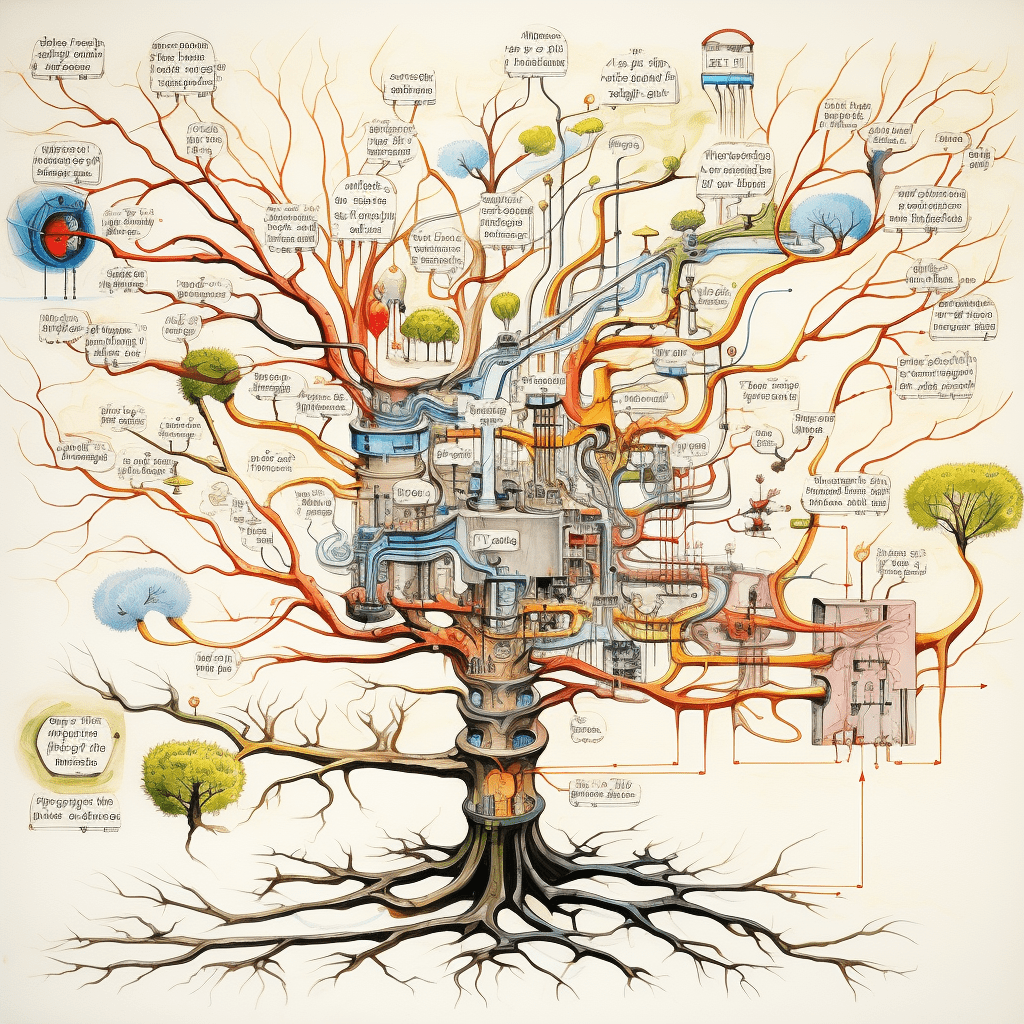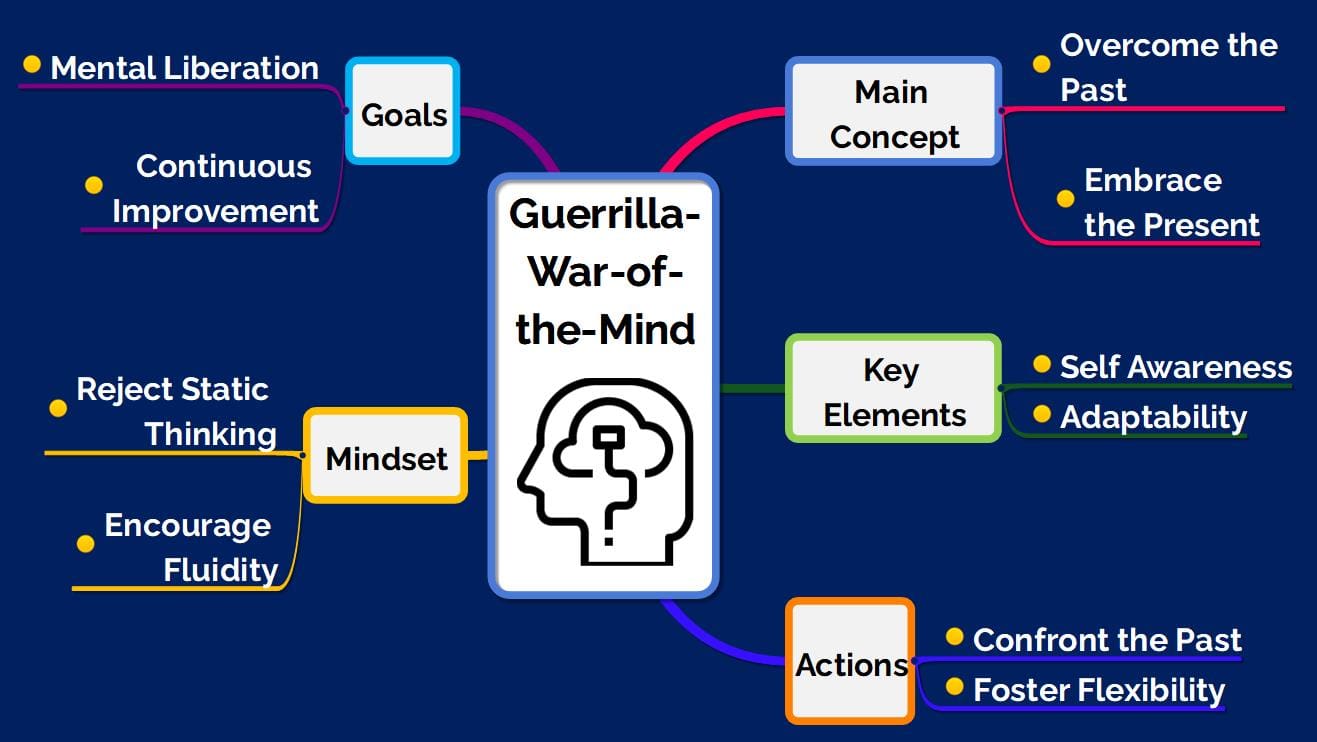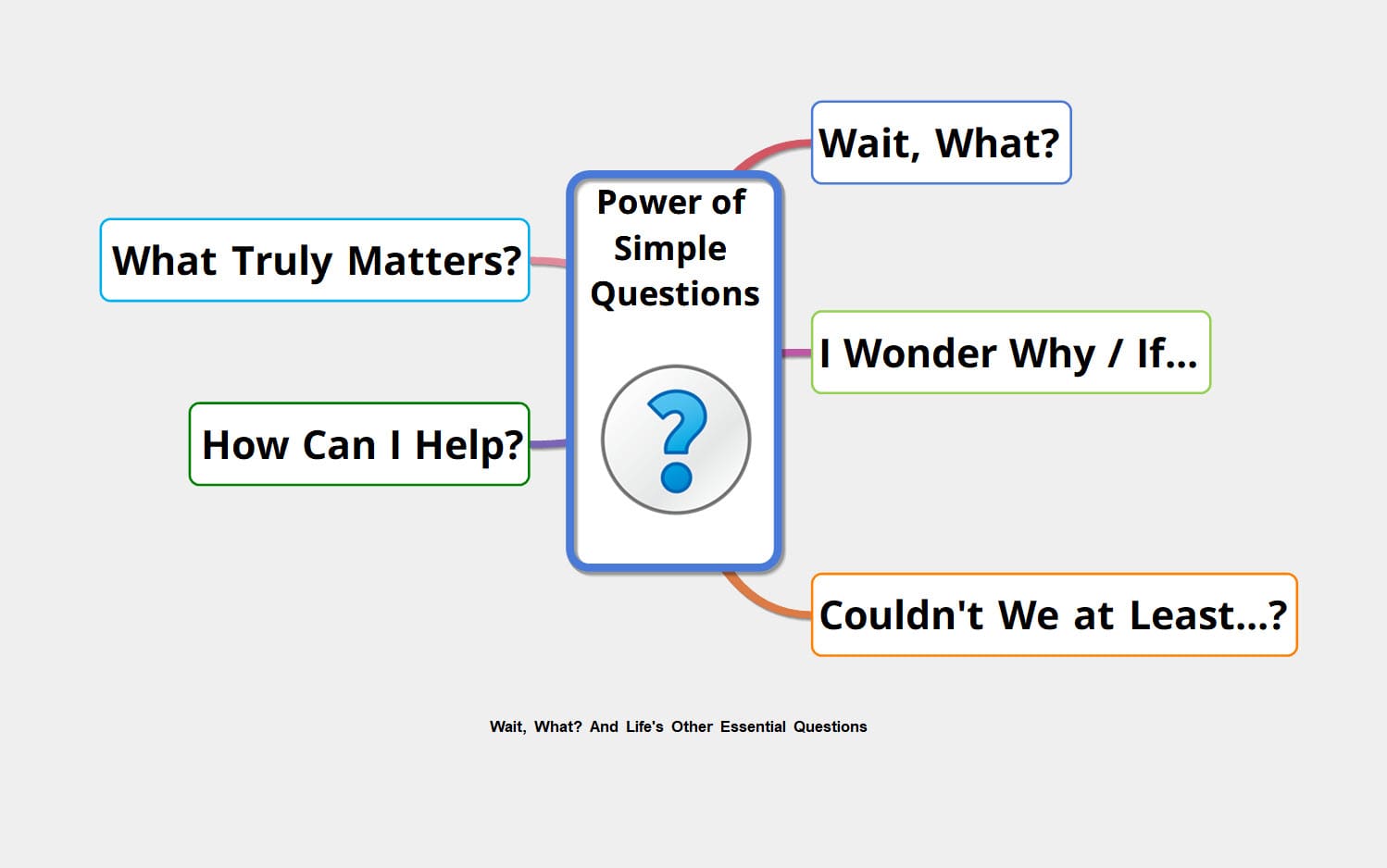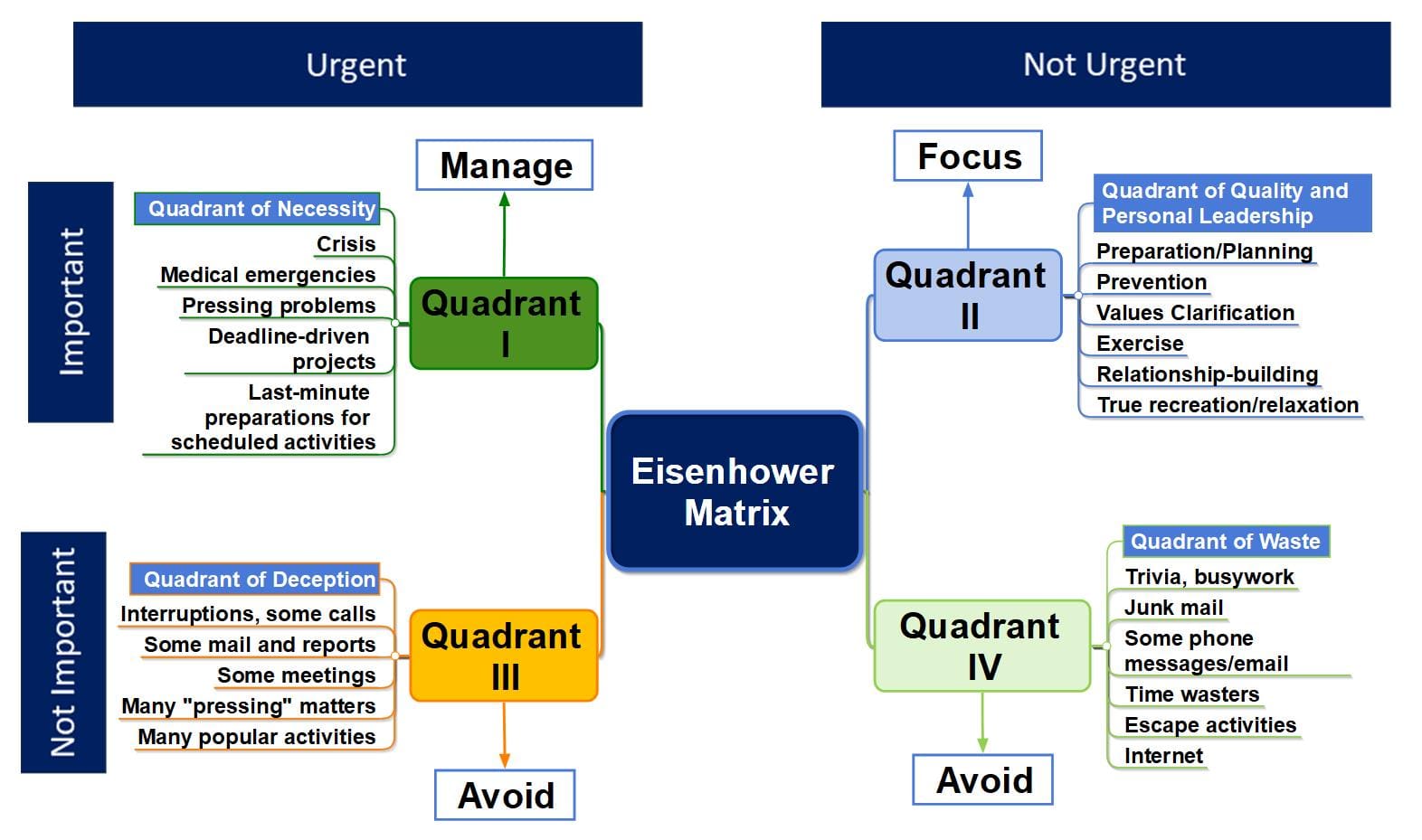The modern world is filled with information, and finding effective ways to organize and present this data is crucial. Two popular techniques that have gained traction are visual mapping and mind mapping. While they may sound similar, they serve distinct purposes and can be used differently based on the context.
What is Visual Mapping?
Visual mapping is the use of graphics, diagrams, charts, or any visual means to represent information or data. It includes various graphical representation techniques like flowcharts, organizational charts, and network diagrams.
The main goal of visual mapping is to offer a clear visualization of information or data. It makes data digestible and easier to comprehend, whether you’re illustrating a business process, showing a hierarchy within an organization, or presenting interconnected network nodes.
Visual maps can vary from highly structured forms, like flowcharts, to more organic representations, depending on the nature of the information. This technique finds broad applications across sectors, such as strategy presentations in business, explaining complex topics in education, and designing systems in engineering.
Diving Deeper: Mind Mapping
Mind mapping is a specialized technique within visual mapping where information radiates out from a central idea or concept in a tree-like structure. It utilizes branches, sub-branches, and keywords to exhibit relationships and hierarchies.
Mind mapping shines when there’s a need for brainstorming or capturing fleeting creative thoughts. It’s an excellent tool for planning, crystallizing thoughts, and enhancing memory retention. Think of it as a visual journey of your thought process.
Unlike structured charts or diagrams, mind maps celebrate non-linear thinking. They allow free-form growth, encouraging spontaneous connections and ideas.
Mind mapping finds applications in various fields. Students love it for note-taking and study sessions. Professionals leverage it for brainstorming, strategizing, and project planning.
In Conclusion
While both visual mapping and mind mapping aim to present information graphically, their application and structure vary. Mind mapping is, in essence, a type of visual map, but not all visual maps can be labeled as mind maps. By understanding their distinct features and purposes, individuals can better harness these tools for effective communication, planning, and creativity.







